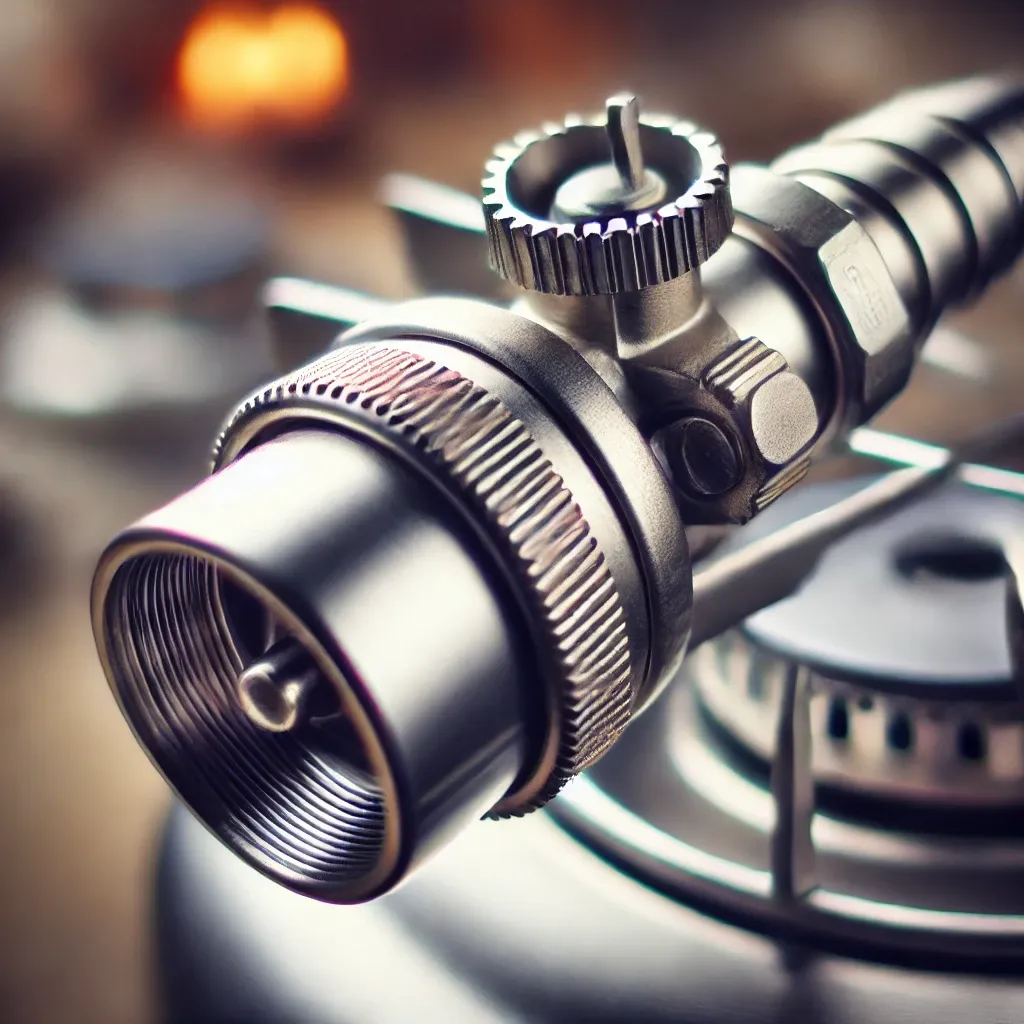Ever wondered how to replace an LPG gas stove nozzle or the differences between city gas and LPG nozzles? Learn everything about LPG gas stove nozzles, their replacement, and how to handle city gas connections in this in-depth guide.
When it comes to managing household gas appliances, the importance of having a functional and safe LPG gas stove nozzle cannot be overstated. Understanding how to replace a gas stove nozzle or differentiate between LPG and city gas nozzles is essential for maintaining both efficiency and safety in your kitchen. This guide will explore the process of replacing an LPG gas stove nozzle, the features of a city gas LPG nozzle, and key considerations for ensuring your stove operates safely and efficiently.
LPG Gas Stove Nozzle Replacement
Replacing an LPG gas stove nozzle is a crucial task that ensures the appliance continues to operate effectively while maintaining safety standards. A clogged, damaged, or worn-out nozzle can lead to gas leaks, inefficient combustion, or even a fire hazard.
Why You Should Replace the LPG Gas Stove Nozzle
A damaged or malfunctioning nozzle can lead to several issues, including poor gas flow, incomplete combustion, or even safety hazards like gas leaks. Here are a few reasons why you should consider replacing your LPG gas stove nozzle:
-
Clogging: Over time, dirt, grease, or lime buildup can clog the nozzle, which affects the gas flow and performance.
-
Damage: The nozzle can get worn out or damaged due to long-term use or improper installation.
-
Safety Concerns: A faulty nozzle could potentially lead to gas leaks, which can be dangerous.
How to Replace the LPG Gas Stove Nozzle
Replacing the nozzle on your LPG gas stove involves a few simple but important steps. Here is a quick guide:
-
Turn off the Gas Supply: Always ensure the gas supply is turned off before starting any repair or replacement.
-
Remove the Burner Cap: Use a wrench or a screwdriver to carefully remove the burner cap, exposing the nozzle.
-
Detach the Old Nozzle: Use the appropriate tool to unscrew or detach the nozzle from its fitting. Be cautious not to damage the gas line or surrounding components.
-
Install the New Nozzle: Align the new nozzle with the fitting and securely tighten it in place.
-
Test the Stove: After installation, turn on the gas supply and test the stove for any leaks or irregularities in the flame.
By following these steps, you can ensure a safe and effective replacement of the nozzle.
City Gas LPG Nozzle
City gas systems are common in urban areas and differ from LPG in terms of gas pressure, composition, and nozzle requirements. A city gas LPG nozzle is designed specifically to handle these differences. Understanding these differences is crucial for both installation and safety.
Differences Between LPG and City Gas Nozzles
City gas nozzles differ from LPG nozzles in several key aspects:
-
Pressure Differences: City gas has lower pressure than LPG, so nozzles are designed to handle this difference to ensure efficient combustion.
-
Size and Design: The size and threading of a city gas nozzle are often different from an LPG nozzle, requiring proper matching to avoid leaks.
-
Material Considerations: The materials used in city gas nozzles are often more durable and resistant to corrosion since city gas tends to have a higher moisture content.
Why City Gas Nozzles Are Important
City gas nozzles play a critical role in ensuring that your gas stove operates efficiently in a city gas environment. They are designed to regulate the lower pressure of city gas and to ensure that the gas is properly mixed with air for safe and efficient combustion. Using the correct nozzle type is crucial to avoid issues such as poor flame performance, carbon monoxide buildup, or gas leaks.
Installation and Maintenance of City Gas LPG Nozzles
If you’re switching to city gas or installing a stove in an area with a city gas supply, here’s what you need to know:
-
Proper Sizing: Ensure that the city gas nozzle is the correct size for your stove’s gas supply.
-
Secure Fitting: The nozzle should be securely connected to prevent gas leaks. This may require special sealing or gasket materials for a tight fit.
-
Routine Maintenance: Regularly inspect the nozzle for signs of wear, dirt buildup, or corrosion. If there are any issues, replace the nozzle immediately.
LPG Gas Stove Nozzle
The LPG gas stove nozzle is a vital component that ensures the safe and efficient operation of your cooking appliance. It connects the gas supply to the burner, controlling the flow of gas and ensuring that the stove operates with the right flame intensity.
Key Features of an LPG Gas Stove Nozzle
The LPG gas stove nozzle is designed to deliver gas in a controlled manner for safe cooking. Here are some important features of an LPG nozzle:
-
Flow Regulation: It controls the amount of gas that reaches the burner, helping to create a consistent flame.
-
Material: LPG nozzles are typically made from brass or stainless steel, materials that resist corrosion and ensure durability.
-
Size Options: Nozzles come in various sizes depending on the stove model and the type of gas being used.
Troubleshooting LPG Gas Stove Nozzle Issues
Sometimes, nozzles can face issues that affect the stove’s performance. Here’s how you can troubleshoot:
-
Uneven Flames: If the flames are uneven or weak, it might indicate a clogged nozzle. Cleaning or replacing the nozzle can resolve this issue.
-
Gas Leaks: A gas leak is a serious concern. If you smell gas, check the nozzle for any cracks, loose connections, or wear.
-
No Gas Flow: If the stove doesn’t turn on or the burner doesn’t ignite, the nozzle could be clogged or damaged, requiring replacement.
Maintaining Your LPG Gas Stove Nozzle
To keep your LPG stove nozzle working efficiently, follow these tips:
-
Clean Regularly: Periodically clean the nozzle to remove any buildup of dirt or grease.
-
Check for Leaks: Always check for leaks using a soap-water solution to ensure your nozzle is securely connected.
-
Replace Damaged Nozzles: If the nozzle shows signs of wear or damage, replace it promptly to avoid any safety risks.
In conclusion, ensuring the proper maintenance and replacement of LPG gas stove nozzles, whether for LPG or city gas systems, is essential for both safety and performance. By understanding the key differences and best practices for replacing nozzles, you can avoid costly repairs and ensure the longevity of your stove. Always remember that regular checks and maintenance are crucial for a safe and efficient cooking experience.






